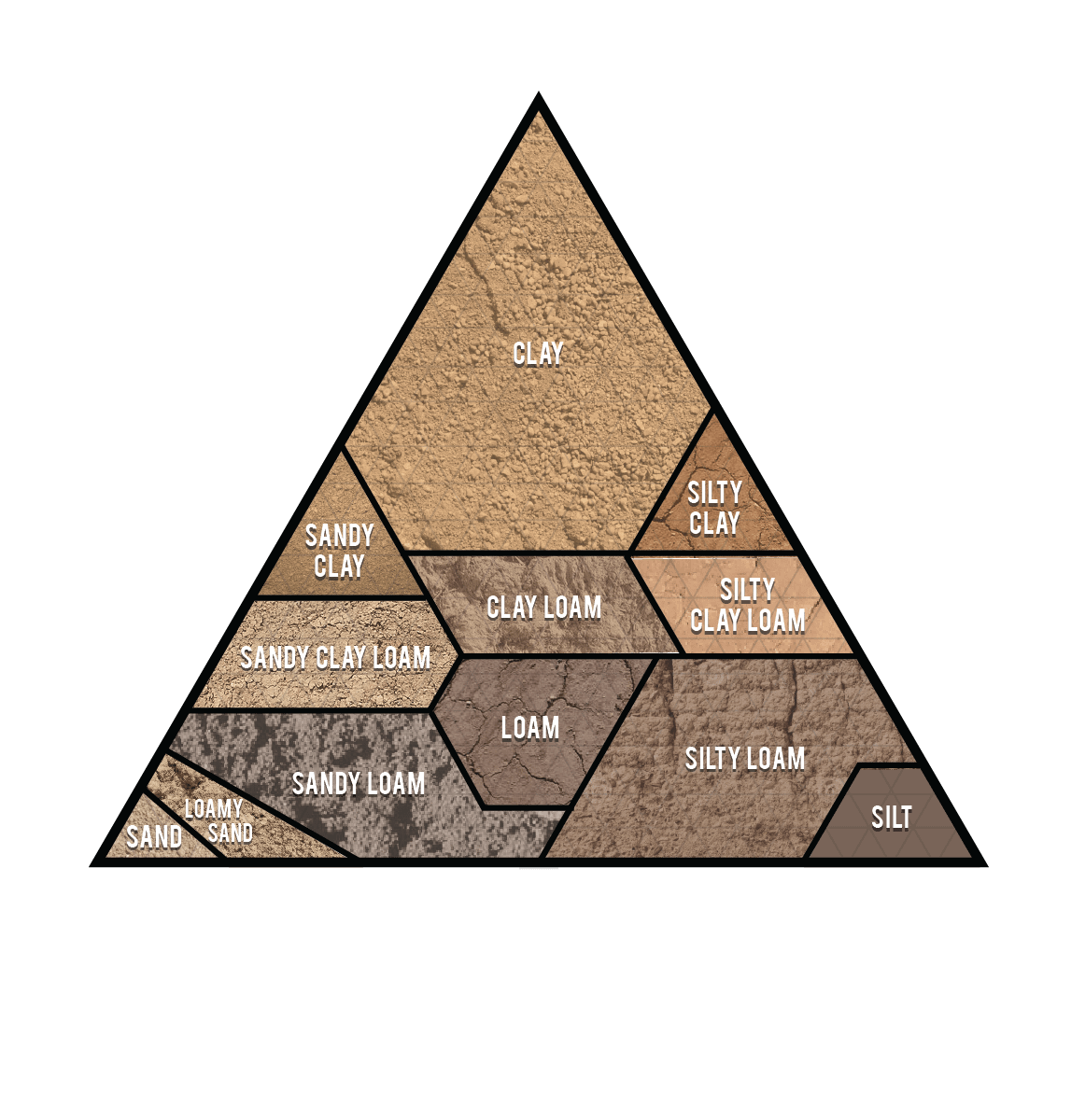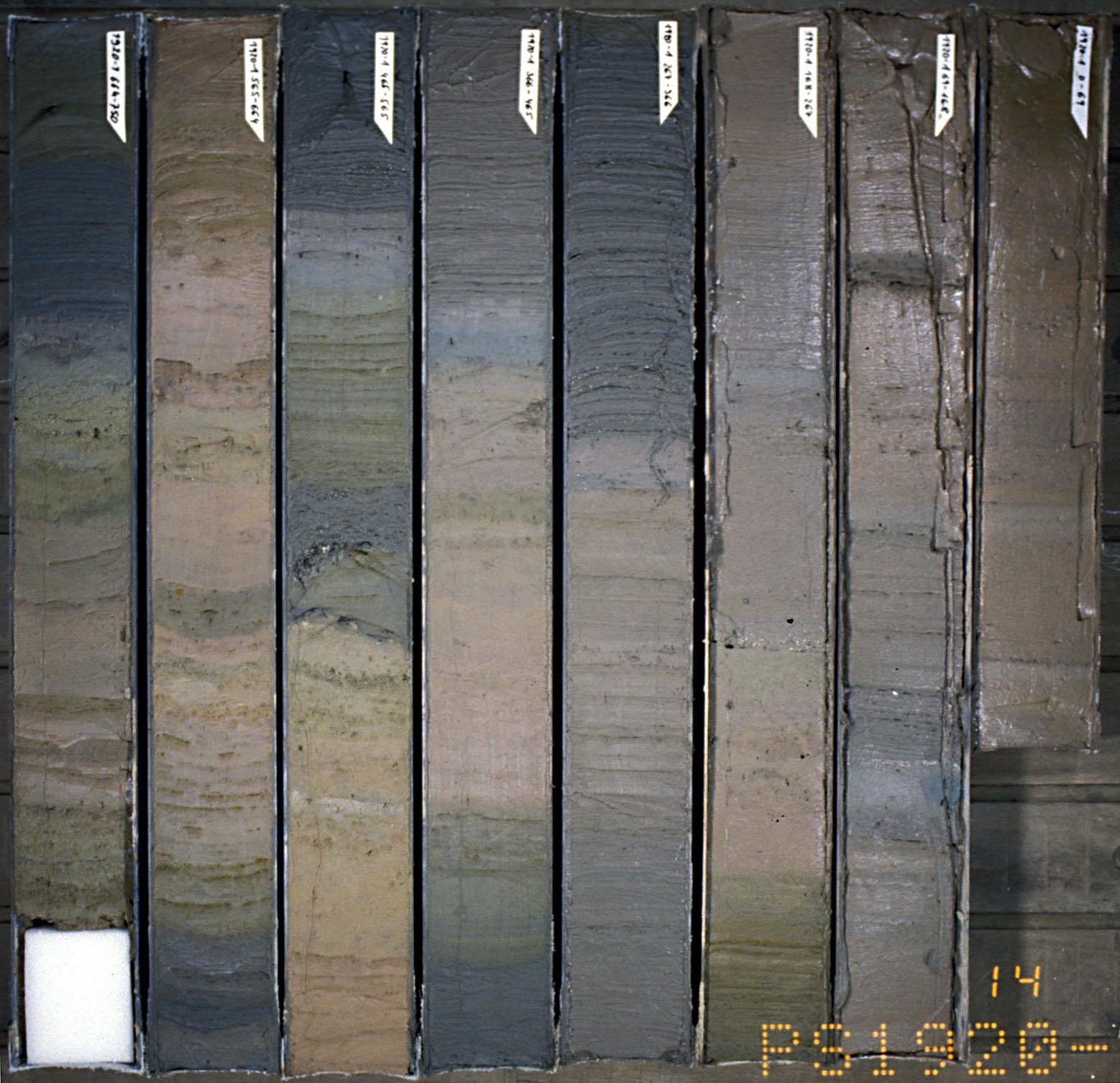I'm in Chicago, on the West Side, with two adjoining lots of uncertain history.
The lot I live in had no garage going back several decades, but I pulled out a foundation for something smallish when I laid down sod after moving in; and when I dug the posts for the fence (and raised beds) I found not one but two brick patios, one about six inches down and one about eighteen inches down. Also a lot of garbage, car parts, old clothes, and plastic.
The second lot has a sunken area with a footprint the same size as my brick four-square. I don't know if the limestone foundation is still down there. We filled in the area with wood chips to keep down weeds and reduce the likelihood of falling into the hole.
Right now we're gardening in raised beds, but I'd like to get to in-ground planting eventually. What do I need to watch out for, what do I need to do, and what plants can I use to pull any heavy metals out of the soil over the next few years? I know sunflowers work if you get them out by the root, and that's great, but is there anything more low-profile or more physically manageable, especially something native to the area?


That's the ones. Same shit, preventing urban compaction processes.
If we use Amsterdam Tree Sand (used since the 80s) as an example, the pore space is a lot smaller but the use case is the same:
Why use tree pit sand?
-Specifically developed to resist compaction -Enables the tree pit to withstand heavy footfall -Allows the free flow of oxygen and moisture and improves drainage -Promotes healthy, strong root growth -Prevents damage to pavements or roads through subsidence
Why I might call it structural for a raised bed is that subsidence in a fixed space is a reduction in pore space which is compaction. An aerated structure topped off with organics will fill with silt and roots and then one would hope that worms will keep those open. Being an edible bed, there will be a lot of dieback of roots as well.
There are some nurseries moving to inorganic media, so no organics whatsoever. Sand, pumice, peat (classed as inorganic due to slow breakdown), biochar etc. Better growth, less anaerobia as mixes break down equals longer in pot without health concerns (nutrient supplied in water). A raised bed of 700mm (more than 2ft), a lot of that lower area is under weight pressures too, herbs/edibles can't really access that. Structural soils may prevent anaerobic lower layers somewhat while keeping drainage high. The top 10-15cm is where all the action happens anyway.